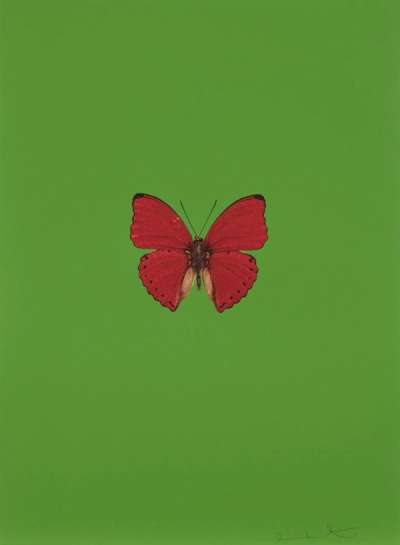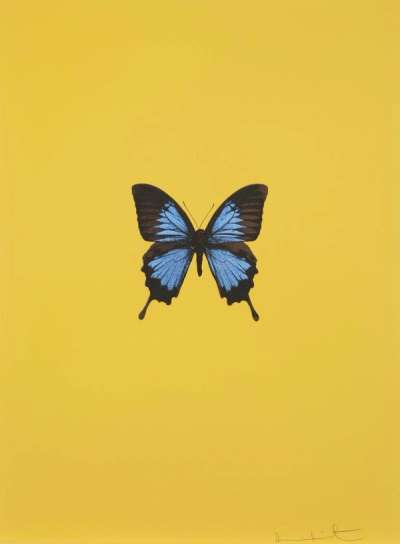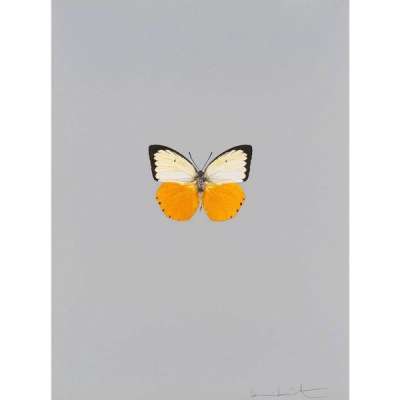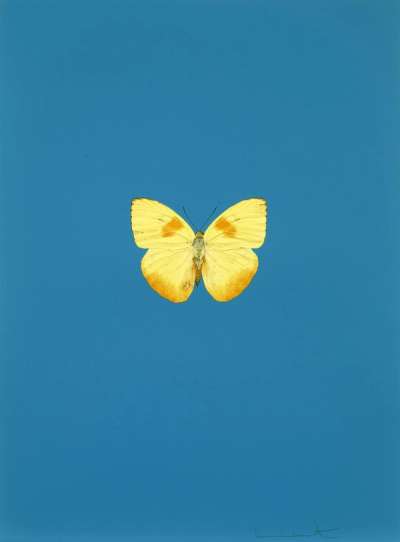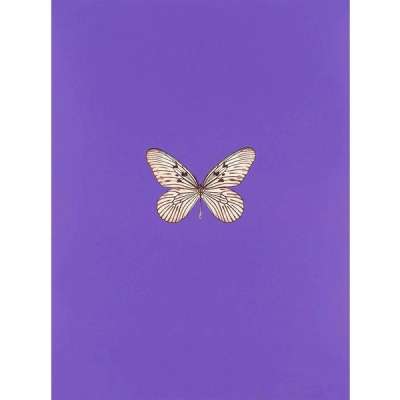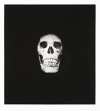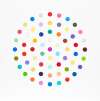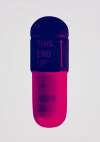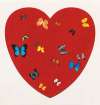It’s
A Beautiful Day
Damien Hirst’s It's a Beautiful Day series contains six prints, each featuring a single, bright butterfly against a similarly striking background. Though hyperrealist, the prints’ perspective is flattened, making the insects look as though preserved in an entomologist's cabinet. As ever, Hirst challenges aesthetic preconceptions, blurring the boundaries between art and science.
Damien Hirst It’s A Beautiful Day For sale
It’s A Beautiful Day Market value
Auction Results
| Artwork | Auction Date | Auction House | Return to Seller | Hammer Price | Buyer Paid |
|---|---|---|---|---|---|
 It's A Beautiful Day 3 Damien Hirst Signed Print | 19 May 2022 | Mallet Japan | £4,675 | £5,500 | £6,500 |
 It's A Beautiful Day 5 Damien Hirst Signed Print | 23 Sept 2020 | Christie's London | £2,083 | £2,450 | £3,250 |
 It’s a Beautiful Day 2 Damien Hirst Signed Print | 23 Jan 2016 | SBI Art Auction | £2,040 | £2,400 | £2,750 |
 It's A Beautiful Day 4 Damien Hirst Signed Print | 25 Oct 2014 | SBI Art Auction | £2,465 | £2,900 | £3,300 |
Sell Your Art
with Us
with Us
Join Our Network of Collectors. Buy, Sell and Track Demand
Meaning & Analysis
The It’s a Beautiful Day series is made of 6 prints, containing a single butterfly, each one striking in Hirst’s use of bold colour combinations. The prints are visually striking both as a full set and as individual artworks. Each print shows a different species of butterfly in the centre of the composition set against a brightly coloured backdrop.
In their stark display, the butterflies in It’s A Beautiful Day appear like insects in a natural history museum cabinet. Hirst flattens the otherwise hyperrealist butterflies with the block colour backdrop and their deliberately centred positioning. The scientific precision with which the butterflies are rendered in each print emphasises this notion of the insect display cabinet. Indeed, Hirst conflates the scientific with the aesthetic throughout this series as he does with many of his most famous works. The aesthetic comes into play in this series in the creation of a beautiful set of images that use bright and complimentary colours.
As with much of Hirst’s series and print editions, It’s A Beautiful Day is uniform in its use of composition and subject matter. The series is presented in an almost formulaic manner, as though they have been mass produced for consumption. In this sense, Hirst’s work is reminiscent of the Pop artist Andy Warhol’s works, exploring varying colour combinations across a series of works depicting the same subject and composition.
Hirst’s use of the naturalistic butterfly motif alongside an intuitive choice of colour is representative of his desire to dissolve the boundaries between art, science and popular culture. The contrast between bold block colours and the realistic image plays with Hirst’s concern with facts and truth that images are assumed to depict.
